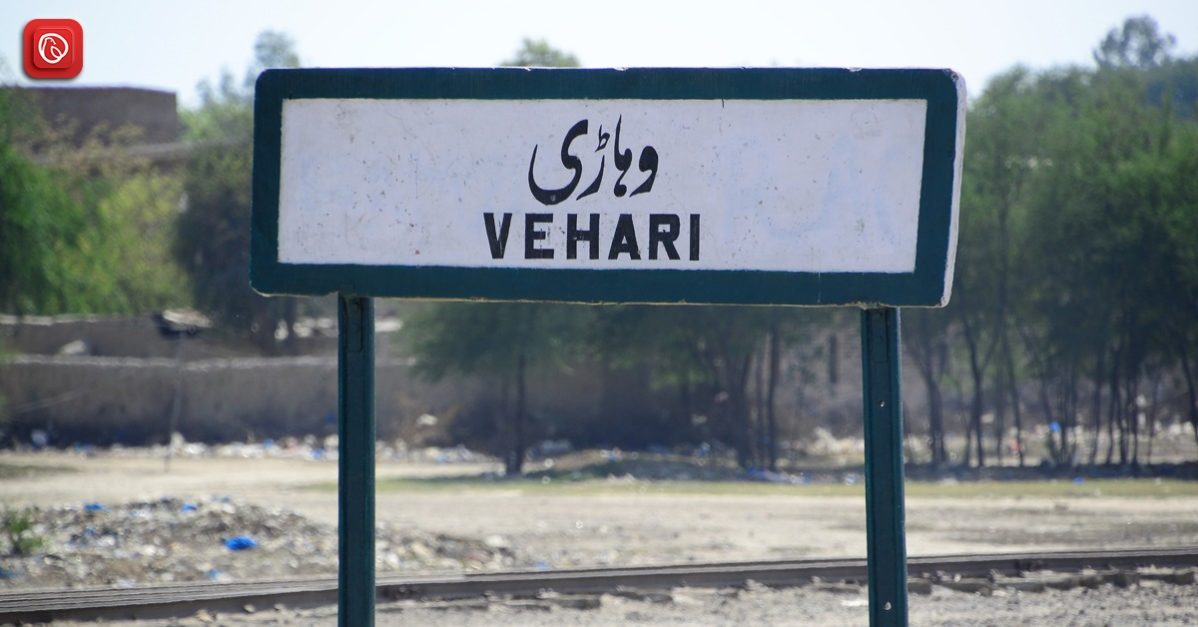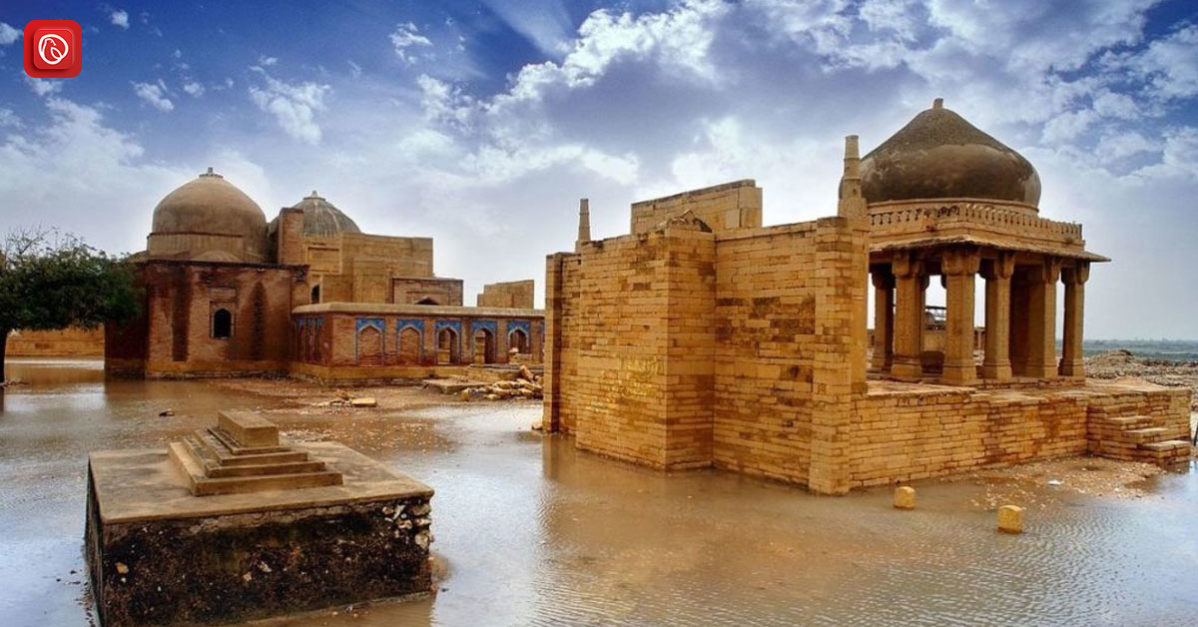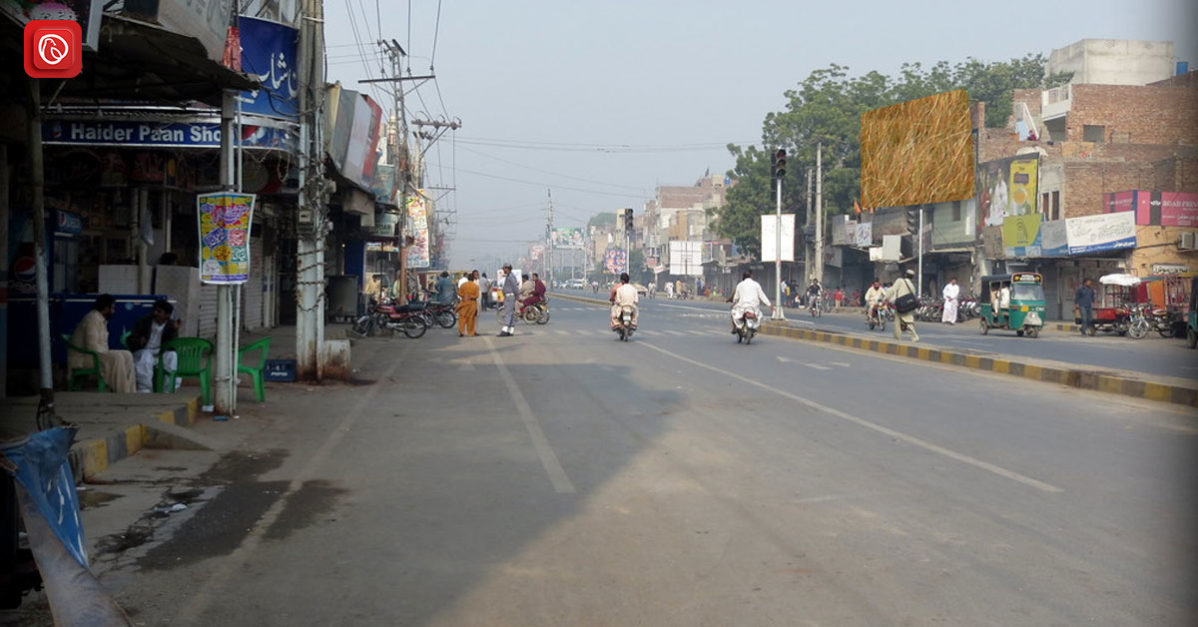Located in the south of Punjab, you’ll find the intriguing district of Vehari. Its story goes back to 1925 when the British embarked on a unique project called the Nili Bar Colony Project. This project marked the final chapter in the British colonial history in this region, resulting in the birth of Vehari town. Today, this town is a vibrant hub of culture and history.
Join Graana.com on an adventure to uncover the fascinating tales and hidden treasures that make Vehari a place you definitely want to explore.
History of Vehari
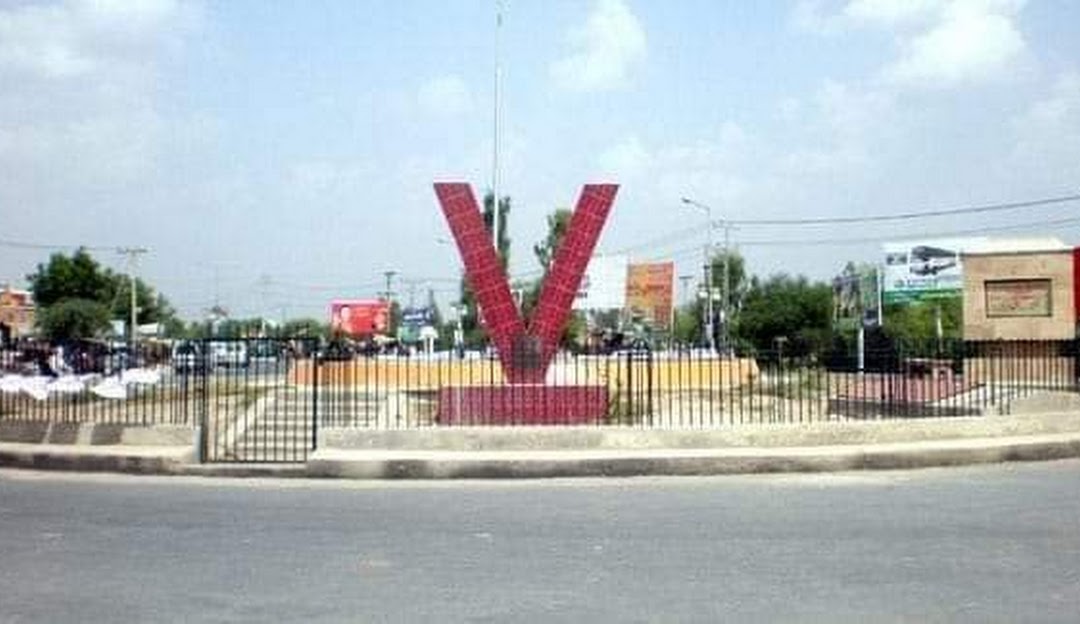
The origin of Vehari dates back to the year 1925 when the British initiated the Nili Bar Colony Project. This ambitious endeavour sought to settle regions along the banks of the River Sutlaj (one of the 5 rivers of Punjab) by harnessing the recently constructed Pakpattan Canal. Significantly, this marked the culminating chapter in the British colonial era and heralded the establishment of Vehari town.
The Etymology and Geographical Context
The name “Vehari” itself offers a geographical context, signifying a “low-lying riverine settlement.” Positioned on the right bank of the River Sutlej, Vehari is strategically located at the heart of the Nili Bar, an area steeped in ancient history intricately connected with the neighbouring territories of Multan and Sahiwal.
The Antiquity of Vehari
During ancient epochs, the inhabited regions of Vehari remained confined to the fertile riverbanks of the Sutlej. The vast expanse of land beyond the banks, conversely, consisted of arid and barren landscapes, primarily serving as pastures for nomadic herders.
The Encounter with Alexander the Great
Notably, Vehari’s historical account is punctuated by an extraordinary episode involving Alexander the Great, who traversed these lands during his campaign in 326-325 BC. This encounter with the formidable Malli people, known for their formidable fortifications, is a significant milestone in Vehari’s history. Subsequently, the Malli people migrated north of the Sutlaj River.
Tribal Dominance and Rulers
Vehari’s history is a mosaic of various tribes and rulers who have left indelible imprints over the course of centuries. Among these, the Joiya Tribe, a prominent Rajput clan, played a pivotal role during the Mughal era, and their legacy is intertwined with the founding of Fatehpur.
The Ebb and Flow of Empires
The region has witnessed the influence of diverse empires, commencing with the Arab incursions in the 8th century and continuing through the Mughal rule. Time saw the transition from one epoch to another, with each era leaving a unique cultural and historical legacy.
The Enduring Impact of British Rule
In the 19th century, the British entered the annals of Vehari’s history, annexing the city of Multan and substantially influencing the region. Their enduring impact is discernible, particularly in the development of pivotal infrastructure, such as canals and irrigation systems.
Integration into Pakistan
In the pivotal year of 1947, as the subcontinent underwent profound transformations, Vehari became an integral component of the newly established nation, Pakistan. The district has continued to evolve and expand since.
The Emergence of Vehari District
The journey culminated in a significant milestone in 1976 when Vehari was officially designated as a distinct district. This delineation involved the separation of three tehsils from Multan, specifically Mailsi, Burewala, and Vehari. This event marked a pivotal juncture in the administrative history of Vehari.
The historical chronicles of Vehari exemplify the enduring resilience of its populace, the intricate tapestry of diverse cultures that have shaped its destiny, and the ever-evolving landscape that has adeptly adapted and thrived across the ages. Vehari is a repository of stories waiting to be explored, a place where history and culture intertwine for those with a thirst for knowledge.
Administrative Divisions of Vehari District
Vehari district encompasses an expanse of 4,364 square kilometres and is subdivided into three tehsils, outlined as follows:
|
Tehsil |
Number of Union Councils |
|
Vehari Tehsil |
26 |
| Burewala Tehsil |
32 |
| Mailsi Tehsil |
31 |
Historical Attractions in Vehari for Tourists
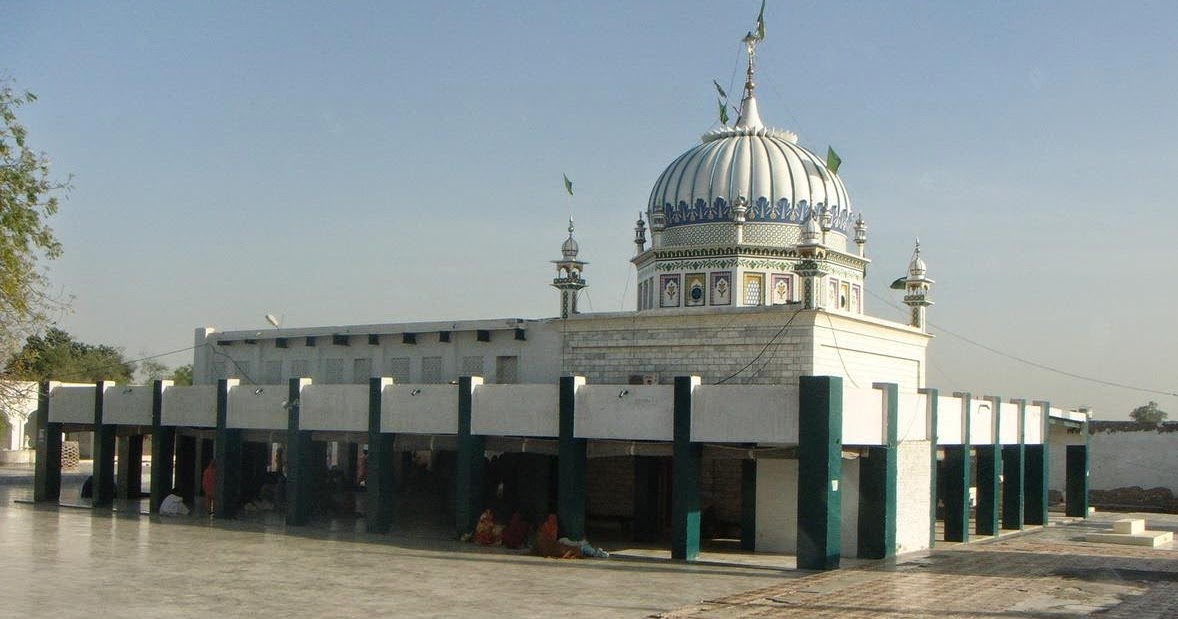
In Vehari district, a region known for its fertile soil and distinctive Nili Ravi breed of cows and buffaloes, you’ll discover historical and cultural treasures that captivate both travellers and history enthusiasts. Notably, the district houses protected buildings that offer a glimpse into its rich heritage.
One such treasure is the revered Shrine of Hazrat Diwan Chawali Mashaikh in Burewala, also referred to as Baba Haji Sher Dewan Chawali. This sacred site holds historical significance as it is connected to one of the earliest Muslim Saints who practised and preached in the area.
The visit of Baba Guru Nanak, a revered figure, further enriches its cultural value. Nearby, you’ll find a place of worship, the Tap Asthan, which serves as a temple or gurdwara known as Baba Guru Nanak Dev, adding to the spiritual and historical allure.
Additionally, in Mailsi, the Shrine of Hazrat Abu-Bakar Barraq adds to the district’s historical and spiritual tapestry. These cherished landmarks beckon you to delve into the district’s deep-rooted traditions and history, offering a unique and enriching experience.
Vehari Weather and Best Time to Visit
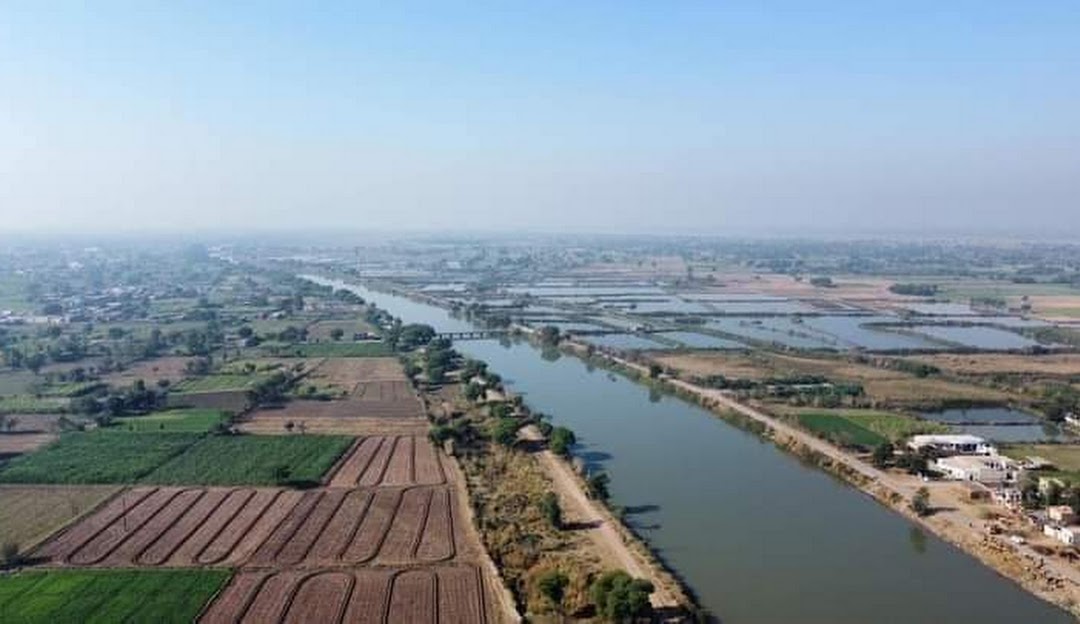
Vehari’s climate is characterised by distinct seasons, offering diverse experiences for travellers throughout the year. The summers are notably sweltering, with clear skies dominating the landscape. During this period, which extends from April to August, you can expect an average daily high temperature soaring above 98°F. June stands out as the hottest month, with an average high of 105°F and a low of 84°F.
In contrast, the winters in Vehari are relatively short, with cool and mostly clear days. This cool season spans from December to February, featuring an average daily high temperature that remains below 75°F. January is the coldest month, offering a refreshing average low of 44°F and a high of 68°F.
To make the most of your visit to Vehari, the ideal time for hot-weather activities falls between early September and mid-October when the weather is at its most inviting. During this period, you can bask in the warmth and partake in outdoor adventures without the intense heat that characterises the summer months.
Whether you prefer the balmy embrace of the summer or the milder temperatures of the winter, Vehari’s climate offers something for everyone. Plan your visit accordingly, and you’ll be able to relish the distinct charm of this region during your stay.
|
Area Name |
Postal Code |
| Burewala |
61010 |
|
Burewala Katchehry |
61040 |
| Chowk Methla |
61172 |
|
Dawood Abad |
61050 |
| Dilawar Farm Sargana |
61202 |
|
Dokota |
61180 |
| Gaggo |
61000 |
|
Garha More |
61150 |
| Jalla Jim |
61230 |
|
Karampur |
61220 |
| Luddan |
61110 |
|
Machhian Wala |
61070 |
| Mailsi |
61200 |
|
Mailsi Colony |
61210 |
| Mitru |
61160 |
|
Sardar Pur Jhandeer |
61240 |
| Tiba Sultanpur |
61170 |
|
Vehari GPO |
61100 |
| Vehari Peoples Colony |
61120 |
Frequently Asked Questions (FAQs) About Vehari
Following are a few of the FAQs regarding Vehari:
Where is Vehari located in Pakistan?
Vehari is a district situated in the province of Punjab, Pakistan.
What is the significance of Vehari’s location in Punjab?
Vehari’s location places it within the fertile Nili Bar region between the Rivers Ravi and Sutlej. This region is known for its rich agricultural land, particularly the Nili Ravi breed of cows and buffaloes.
What is the best time to visit Vehari?
The best time to visit Vehari for hot-weather activities is typically from early September to mid-October when the weather is warm and pleasant. However, the choice of when to visit may depend on individual preferences, as the region experiences both hot and cool seasons.
Are there any historical or heritage sites to explore in Vehari?
Yes, Vehari boasts several historically significant sites, including the Shrine of Hazrat Diwan Chawali Mashaikh in Burewala and the Shrine of Hazrat Abu-Bakar Barraq in Mailsi. These sites offer a glimpse into the rich cultural and spiritual heritage of the district.
What is the weather like in this area throughout the year?
Vehari experiences a notable contrast between its hot summers and cool winters. Summers, from April to August, are sweltering with average high temperatures above 98°F, while the coolest season, from December to February, sees daily highs below 75°F.
Is the city a suitable destination for outdoor activities and tourism?
Vehari offers a range of outdoor and cultural experiences. It is an attractive destination for those interested in exploring historical sites, experiencing local traditions, and enjoying the picturesque landscapes of the Nili Bar area. Whether you’re a history enthusiast or a nature lover, Vehari has something to offer.
What are the nearby regions and districts that can be easily accessed from Vehari?
Vehari is located near several notable districts, including Sahiwal, Okara, and Pakpattan, all of which form the Nili Bar region in Punjab. These districts offer opportunities for further exploration and provide insights into the diverse culture and heritage of the area.
How can I reach Vehari from major cities in Pakistan?
This is accessible by road from major cities in Pakistan. You can reach Vehari by travelling from Lahore, Multan, or other nearby cities. Public transportation, including buses and private vehicles, is readily available for the journey.
What are the local specialties or dishes to try in Vehari?
The city is known for its rich and flavourful cuisine. Be sure to savour local dishes like Nihari, Seekh Kebabs, and various types of biryani, which reflect the culinary traditions of the area.
Are there accommodations and amenities available for tourists in Vehari?
The city offers a range of accommodation options, including hotels and guesthouses, to suit various budgets. Additionally, you can find restaurants and shops for your convenience during your visit.
Whether you’re an enthusiast of history, a lover of traditional cuisine, or someone seeking respite in the serene countryside, Vehari warmly welcomes all. As you explore the district’s stories, traditions, and natural beauty, you’ll discover that Vehari is a place where the past and present coexist harmoniously, and its charm is sure to leave a lasting impression on all who venture here.
This was all about Vehari. For more information, visit Graana.com.
